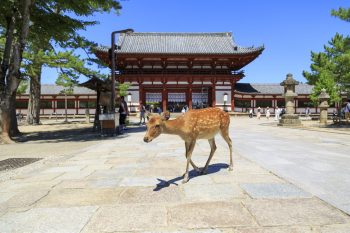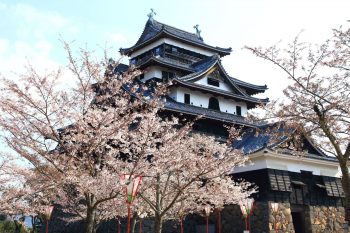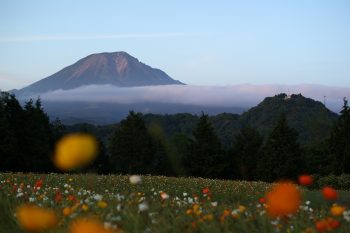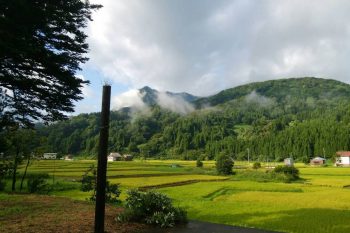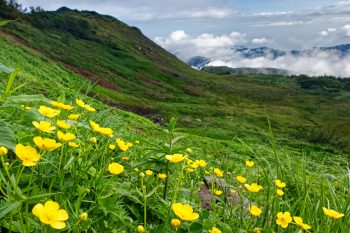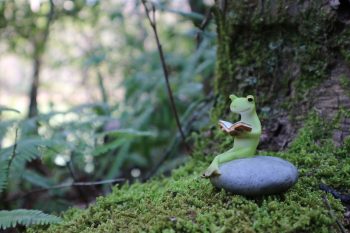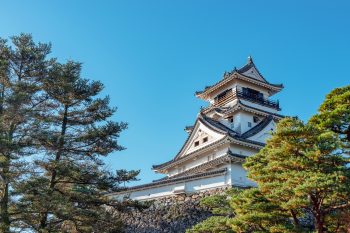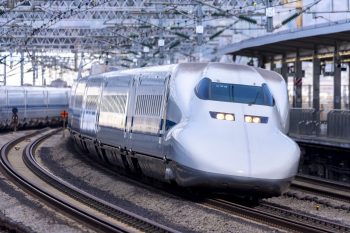TRAVEL
Quite possibly the most common conversation I have with friends and family planning trips through Japan (right after 'please base as few assumptions on cartoons as possible), is that they shouldn't give Nara a visit, instead of a total focus on Kyoto.
The five prefectures at the western tip of Honshu-Tottori, Shimane, Hiroshima, Okayama, and Yamaguchi-are collectively known as the Chugoku Region, and Tottori is the northernmost, and easternmost, of those five.
Last time, we stopped our tour of Itoigawa at the coast, with fireworks, islands, piles of seafood, and the biggest mochi mortar in the country (probably because the rest of the country quite sensibly decided not to compete, but you never know).
The Japanese countryside is full of hidden gems, something that's frustrated me since I was roughly twelve years old (I was a very strange child).
Mention Tokyo to anyone and images of an urban mass, crowds of people, tall skyscrapers, shopping and all the things associated with a metropolis will undoubtedly come to mind.
The hustle and bustle of Tokyo, the largest metropolis in the world, often gives a rather mistaken impression of Japan as a whole. Most of the country is made up of green mountains and rugged coast, and offers some of the most beautiful natural scenery you’ll find anywhere.
Following numerous conversations with Japanese people, I could not help but notice they have an every different way of travelling and more particularly compared with Europeans. Naturally, everyone is familiar with the long hours they work and the very little time off they get.
After going on numerous trips across Japan, I realised that this country had way too many places to visit and that required time and financial means if you wanted to cover them all. I have also tried the different modes of transportation as Japan offers various options to choose from based on your budget and how much time you are willing to spare on a vehicle.


